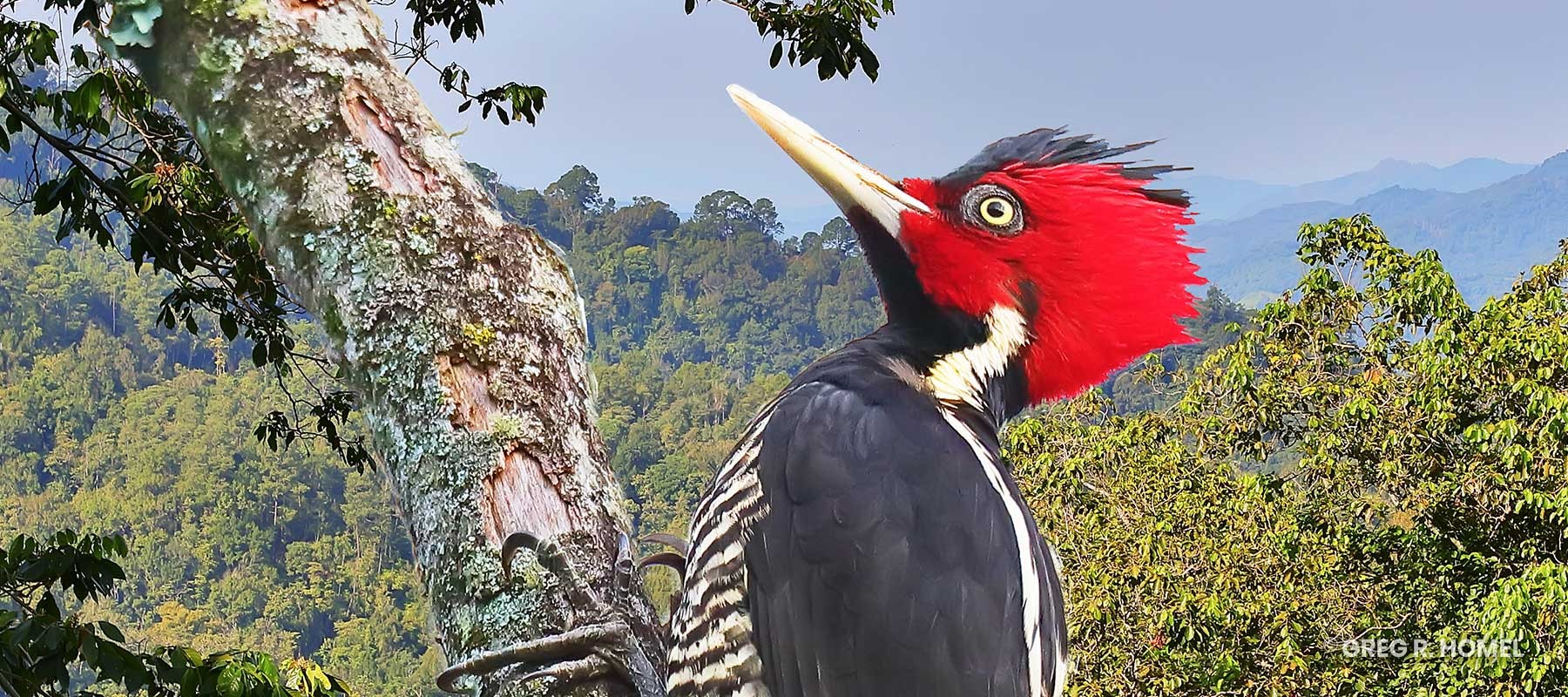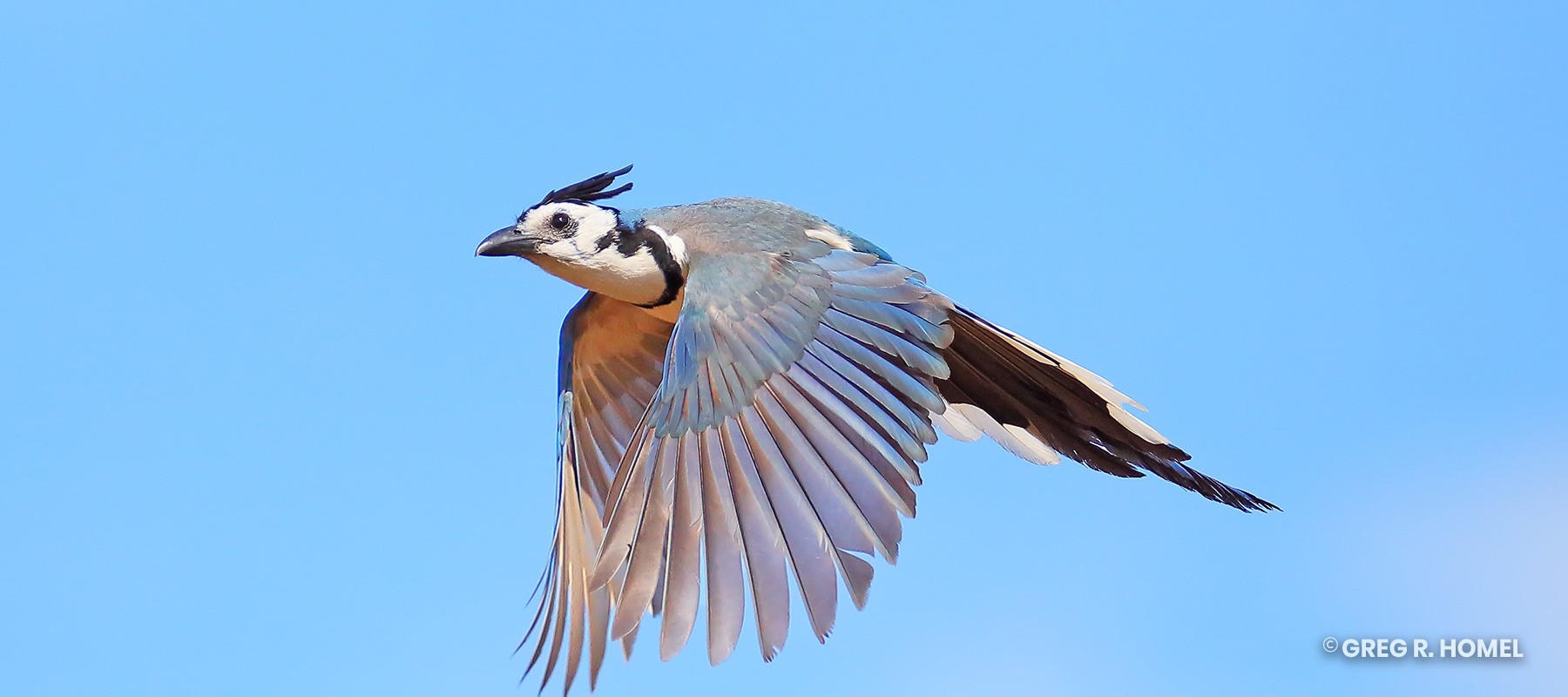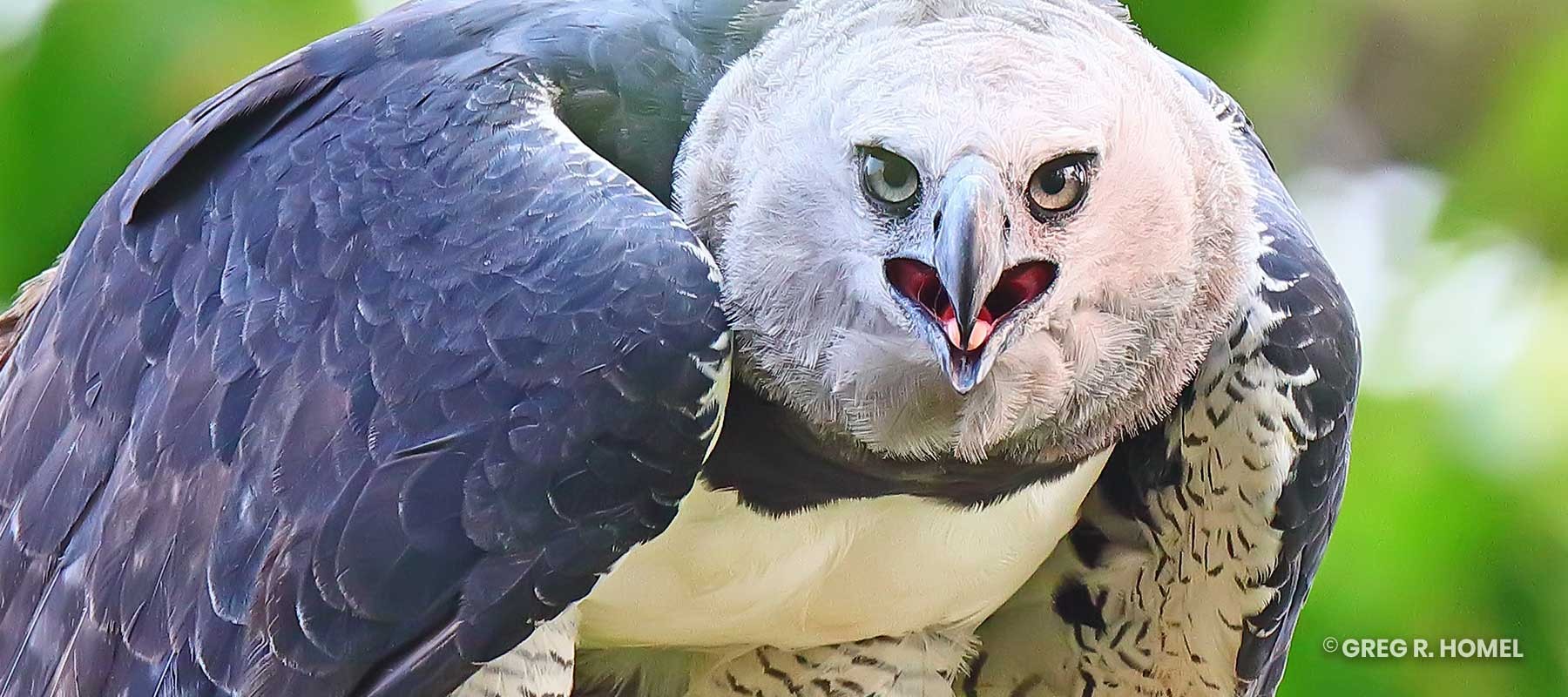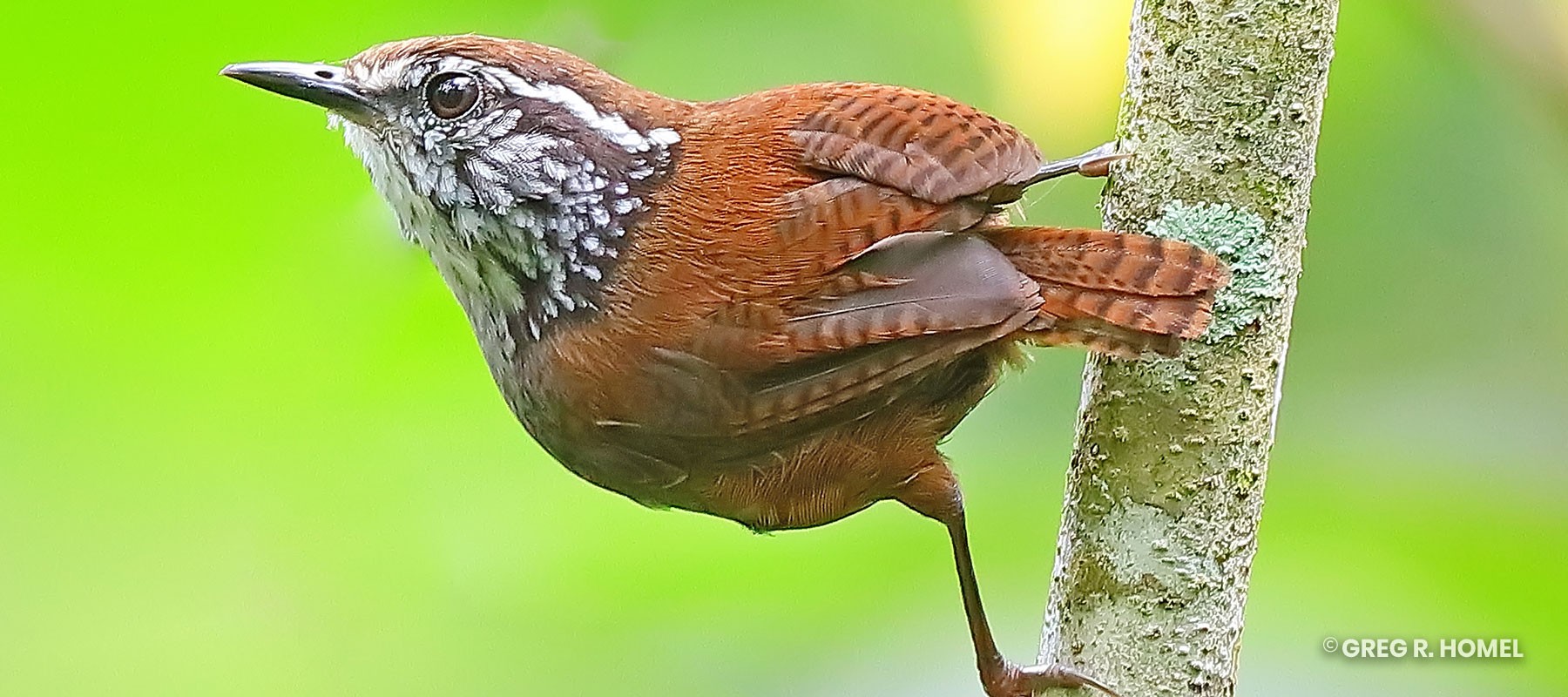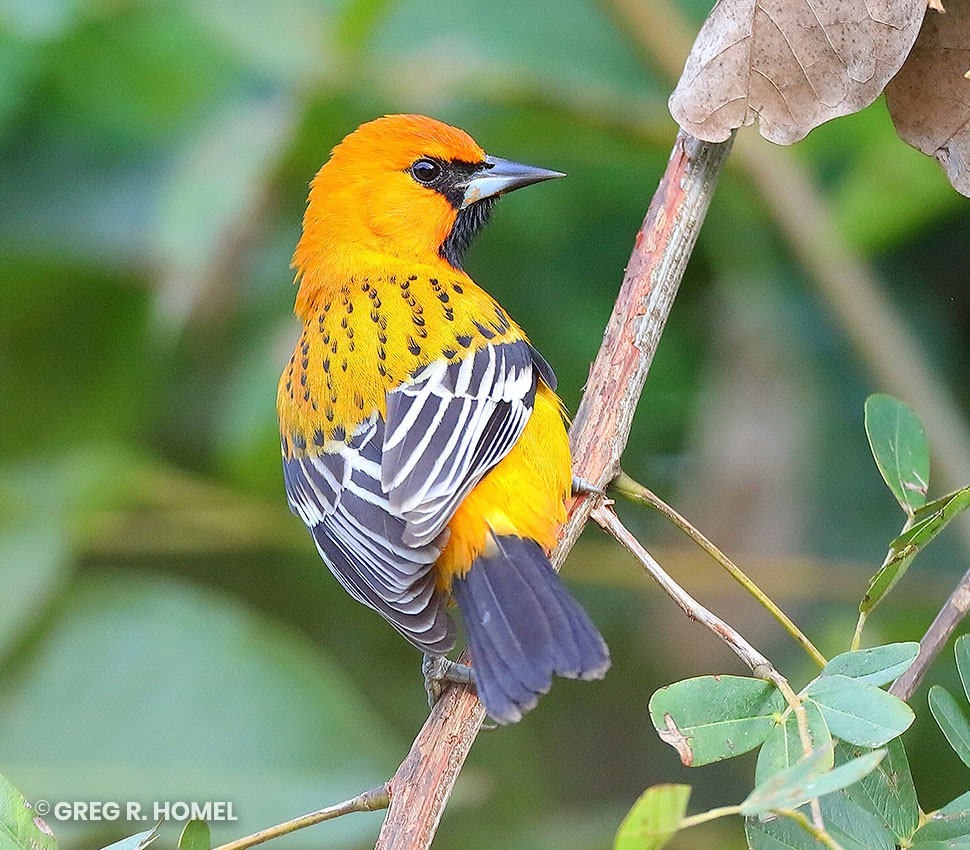Laguna Del Quelele
Birds to Watch: Unspecified
Location: Nuevo Vallarta » Nayarit
GPS: 20.6972414 / -105.3090504 ALT: 2611.5 ft
This little-known, yet fairly extensive mangrove ecosystem is a vestige of what the landscape of Nuevo Vallarta must have looked like before mass tourist development usurped much of it in favor of high rises and yacht harbors.
Laguna del quelele
As such, Laguna del Quelele is a critical habitat for several very interesting neotropical water birds and at least one distinctive race of Yellow Warbler – particularly Rufous-necked Wood-Rail (one of only two local places where this coveted species still nests), Boat-billed Heron (erratic), Limpkin (a recent colonist), and the distinctive “Mangrove” race of Yellow Warbler, where the males exhibit orange heads. It is also an important staging and feeding area for migratory shore and aquatic birds -not to mention a population of sizable American Crocodiles!
Birds to keep an eye out during our excursion include: Black-bellied Whistling-Duck and Blue-winged Teal; Wood Stork; Neotropic Cormorant; American Anhinga; Bare-throated Tiger-Heron (rare); Little Blue, Tricolored and Yellow- crowned Night- herons; Boat-billed Heron (one of the only local areas where this amazing bird may be seen); White Ibis; Roseate Spoonbill; Hook-billed Kite; Crane Hawk; Common Black-Hawk; Gray Hawk; Collared Forest-Falcon; Crested Caracara (possible as a flyover); Clapper and spectacular Rufous-necked Wood-rails; Limpkin (a recent colonist from the south); Red-billed Pigeon; White-winged Dove; Groove-billed Ani; Ferruginous.
Pygmy-Owl; Broad-billed and Cinnamon hummingbirds; Golden-cheeked (endemic), Ladder-backed and Lineated woodpeckers; Orange-fronted Parakeet; Ivory-billed Woodcreeper; Vermilion, Nutting’s and Social flycatchers; Great Kiskadee; Tropical and Thick-billed kingbirds; Mangrove Vireo (rare); San Blas Jay (endemic); Mangrove Swallow (possible); Happy and Sinaloa wrens (both endemic); Yellow “Mangrove” Warbler; Blue-black Grassquit; White-collared “Cinnamon-rumped” Seedeater; Grayish Saltator; Bronzed Cowbird; Streak-backed Oriole; Yellow-rumped Cacique (endemic); Scrub “Goldman’s” Euphonia, etc.
Mangrove swamps are also very important habitats for migratory waterfowl, herons, egrets, raptors, marshbirds, shorebirds (plovers, sandpipers, stilts, avocets, gulls, terns, doves, flycatchers, swallows, warblers (particularly Northern Waterthrush), sparrows, finches, orioles and other blackbird-allies, etc. so this excursion will undoubtedly yield exciting surprises!
Located at or very near Sea Level, access is via pangas powered by local boatmen (though the panga may or may not have a canopy; so use sunscreen) and tide dependent. Our route follows a tributary of a tidal rivulet that winds from a local fishing village through hundreds of meters of mature Red Mangrove canopy before emerging in a large lagoon with extensive mudflats, where most of the birds are to be seen. Don’t miss out on the fun!
Difficulty rating: 1.

